BMO stadium in LA added AI to everything and what they got was a worse experience for everyone
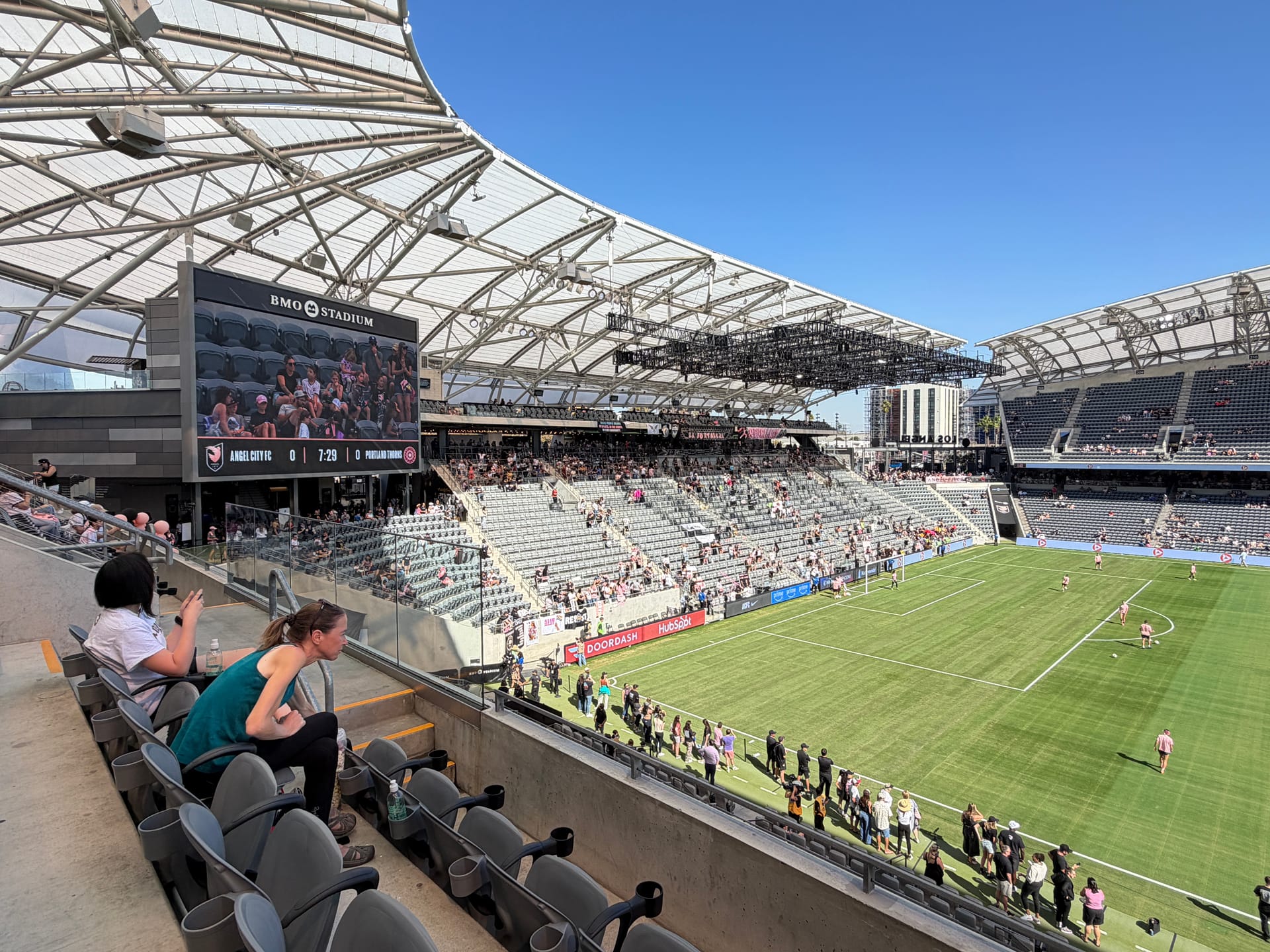
I just got back from a 24hr trip to Los Angeles to catch my favorite Portland Thorns team, watching them clinch their playoff spot in a match at BMO stadium in downtown Los Angeles.
In May of 2024, I did the same trip to catch a match on Mother's Day, but I accidentally chose bad seats in the sun and it was hot and uncomfortable. Ultimately, it partially inspired my wife and I's book reviewing every NWSL soccer stadium so other fans wouldn't suffer the same fate when flying across the country to catch their favorite team.
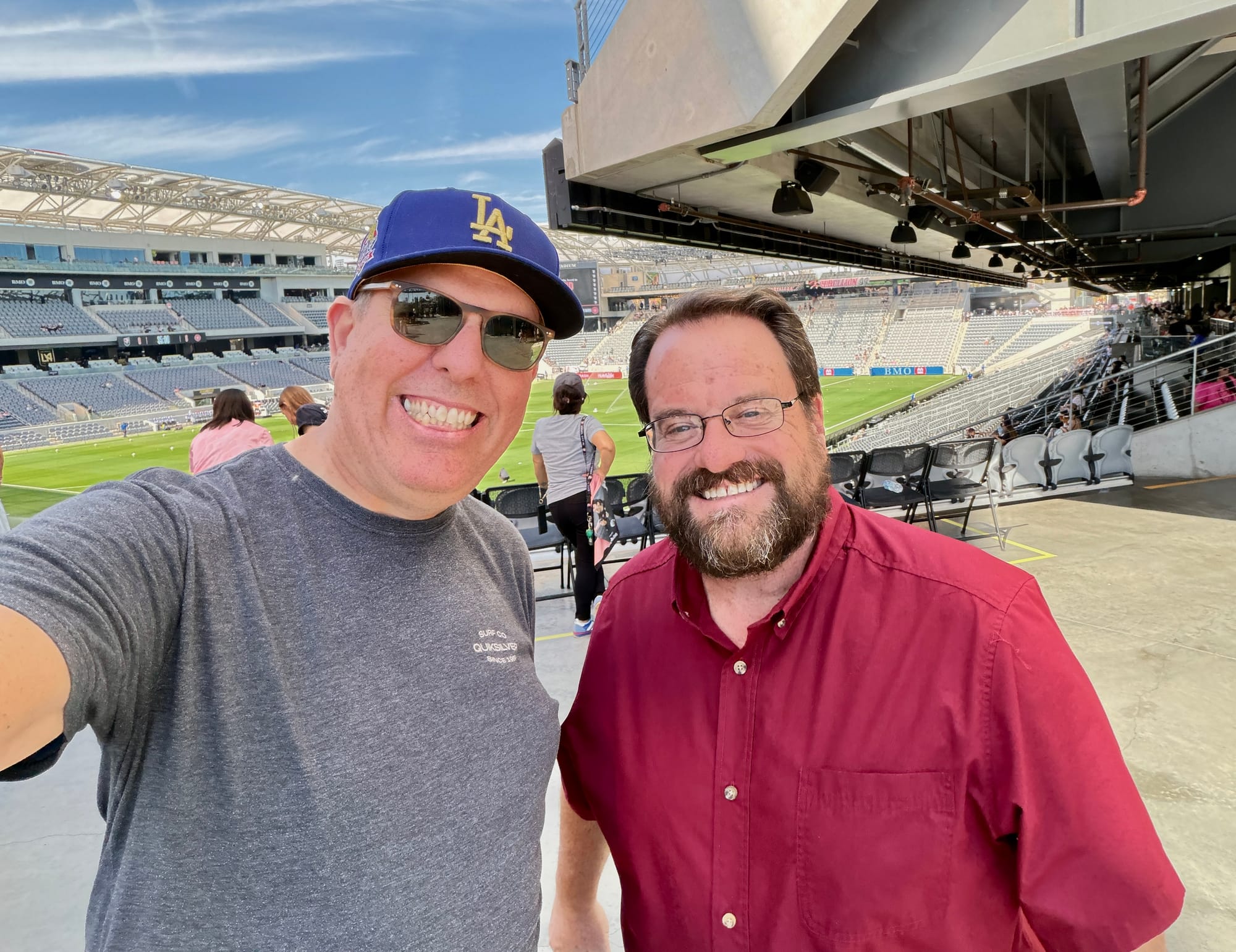
This year, I got better seats in the shade and enjoyed the game. But overall? The experience of being in the stadium was worse a year later. After thinking about it on the flight home, I think the reason was the stadium's rush to automation and AI in several places.
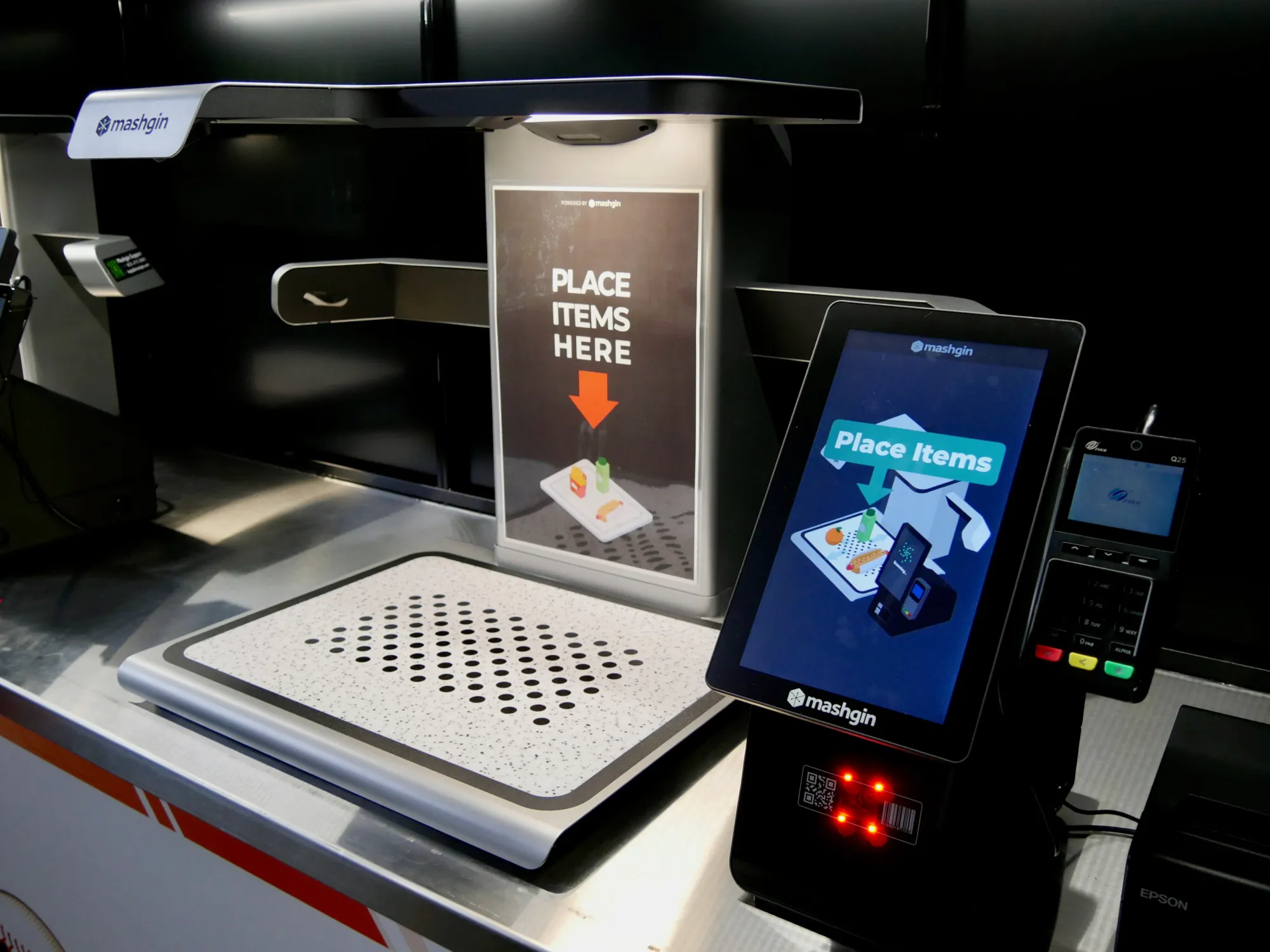
Spoiler alert: deploying camera/AI recognition for everything isn't great
Every concession stand, including the ones that didn't even serve hot food, used the apparatus in the photo above to control all checkouts. I assume these are expensive units, because most places that used to have several checkout lanes only had one of them, requiring everyone to checkout through a single location.
Here's how they worked in the stadium yesterday: You place all your items on the white shelf with some space between them. Although they were clearly designed to be a self-checkout experience, the stadium had a staff member rearrange your items, then for about 30 seconds the kiosk would be thinking. After, it would pop up all items on the menu, and the staff member would have to tap to confirm what each item was. Then another 30 seconds to calculate and move the purchase to a point of sale/tap on the side, then you'd pay.
Overall, this added at least one, if not two full minutes to every transaction that didn't normally have those delays. Lines were unbearably long, and it was a hot day in LA yesterday, at 87ºF/30ºC. I bought food and drinks several times over the the course of the day and had to endure the process multiple times.
When you add object recognition, you're incentivized to reduce choices
Here's an unintended consequence of moving all your concession stand checkouts to computer vision: it's easier if you have less things on offer.
Case in point: Let's talk about my favorite concession stand at BMO last year, a place that served rotisserie chicken with waffle fries and chicken sandwiches. Here's our meal from 2024, it was well-seasoned, came with great sauces, and was one of the best meals I had at a stadium in my entire nationwide tour, which is why I remembered it.
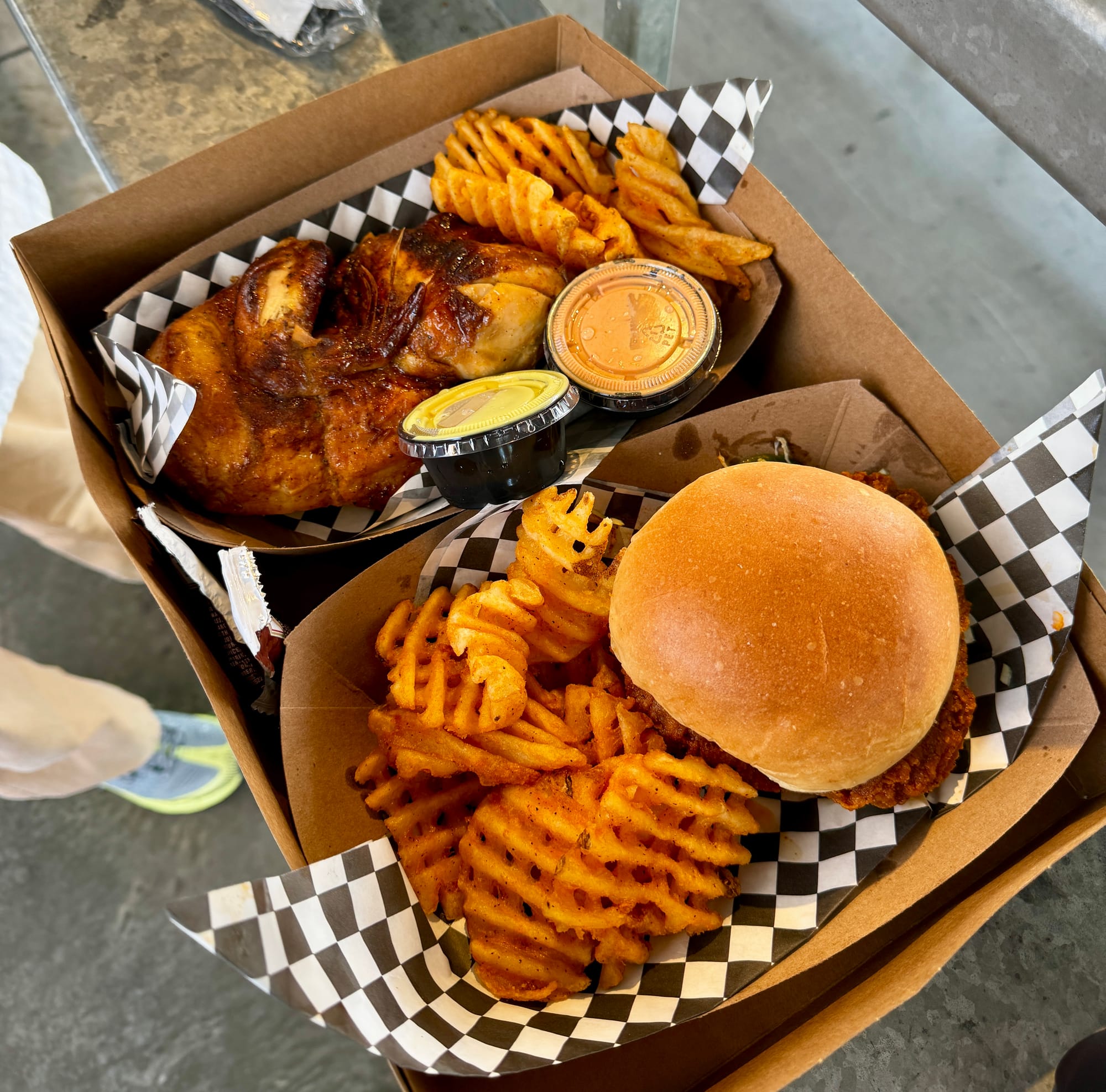
I returned to the same concession stand yesterday and here's their new menu:
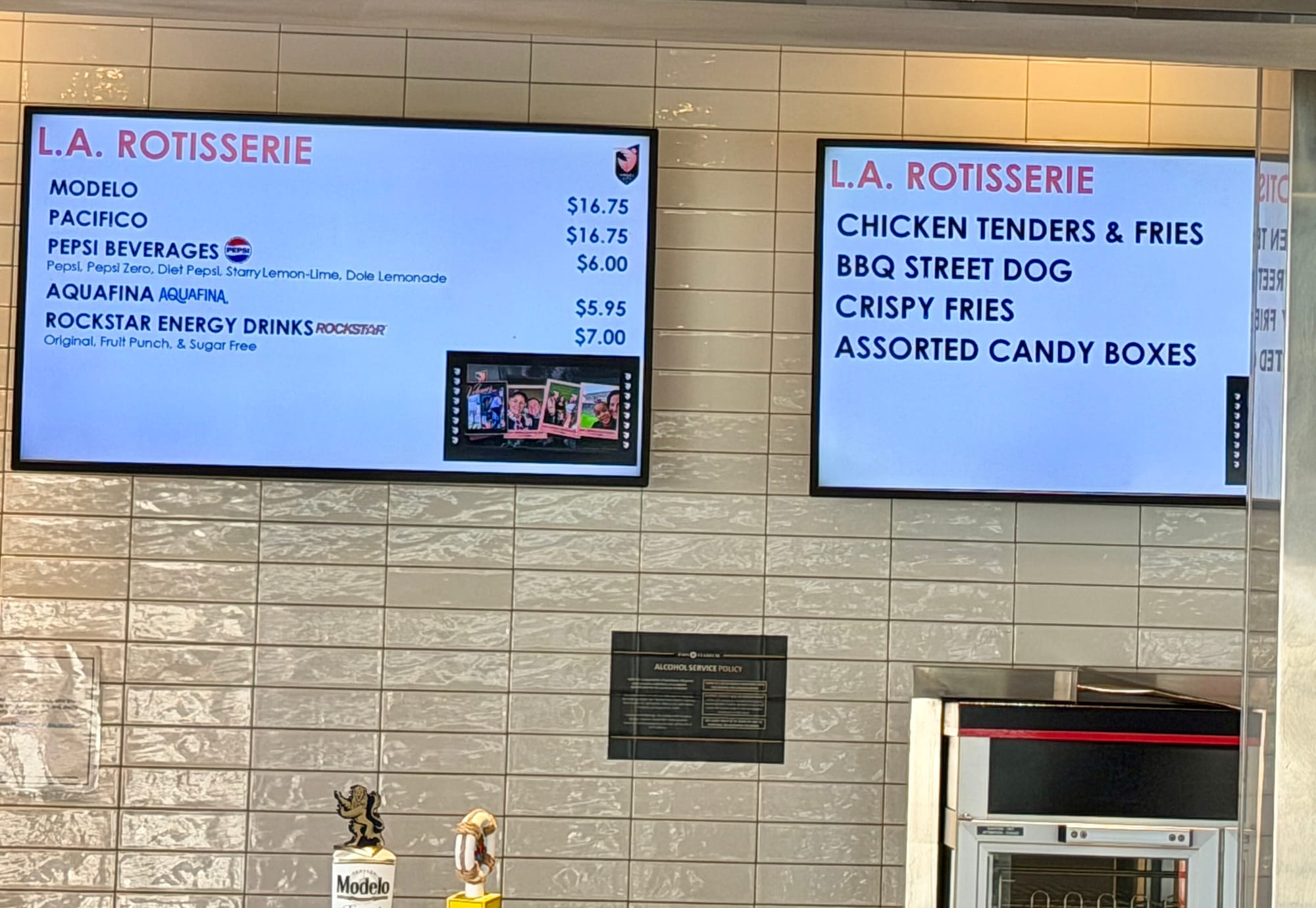
When your checkout stand relies on computer vision, it's probably confusing to have half a dozen different menu items that fans can enjoy. But if you could condense it to just chicken tenders, fries, a hot dog, and boxes of candy, your computer vision-based checkout system will probably work faster since it has to do less work with the obvious shapes of each of those items.
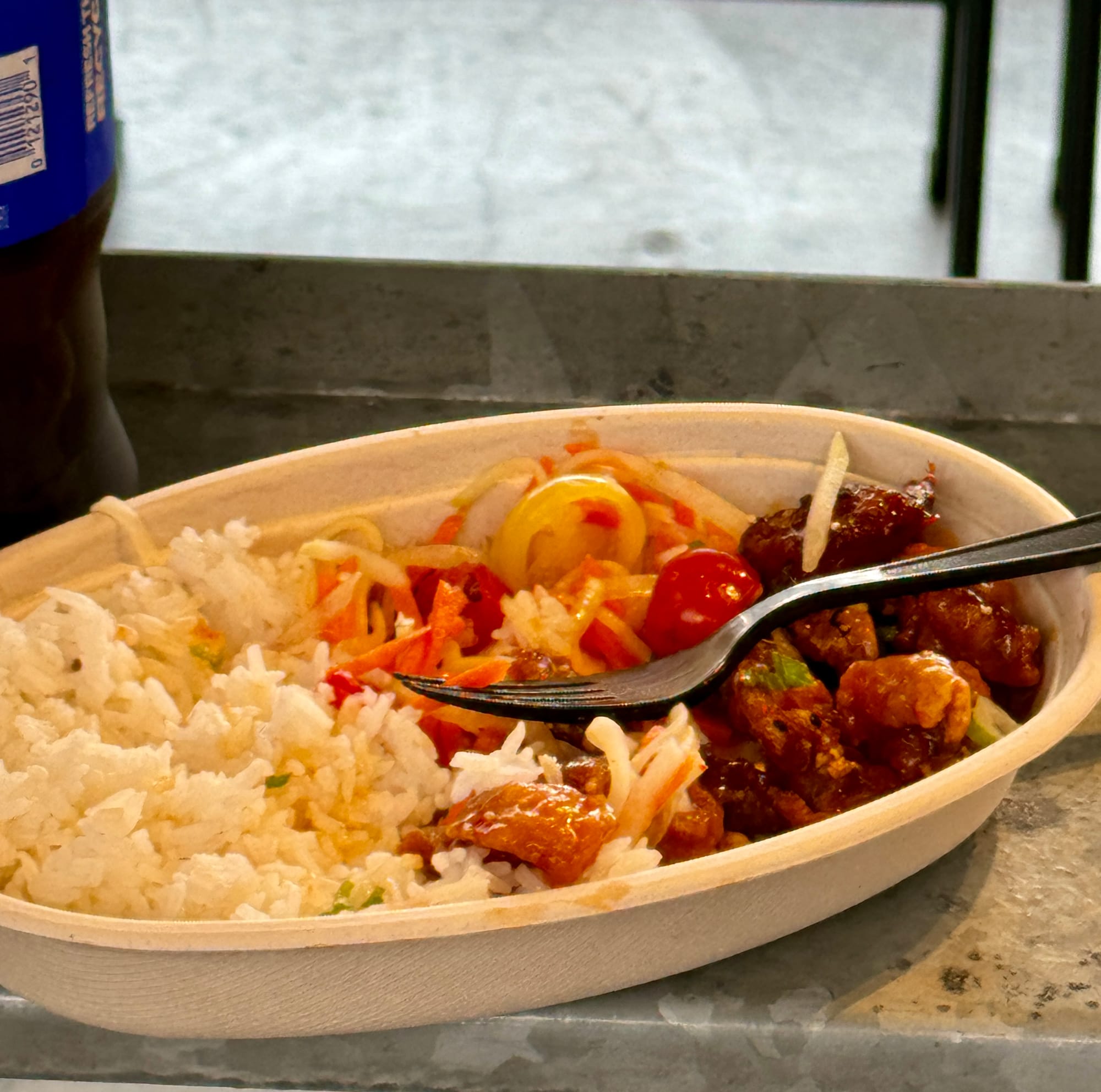
Looking through my photos from my 2024 visit, I saw a variety of food options including smashburgers and a Korean BBQ rice bowl I also tried, pictured above.
If foods are difficult for computer vision to decipher, why not get rid of most options? Walking around the stadium yesterday, the menus were basically all hot dogs, pizza, nachos, and chicken tenders.
Even quick service options sucked
As I said, it was a hot day, I was constantly parched, and I ended up drinking four bottles of water over the course of three hours. Each time, I had to go through the automated checkout gauntlet, and each time it required a long wait in a line, while I missed bits of the match.
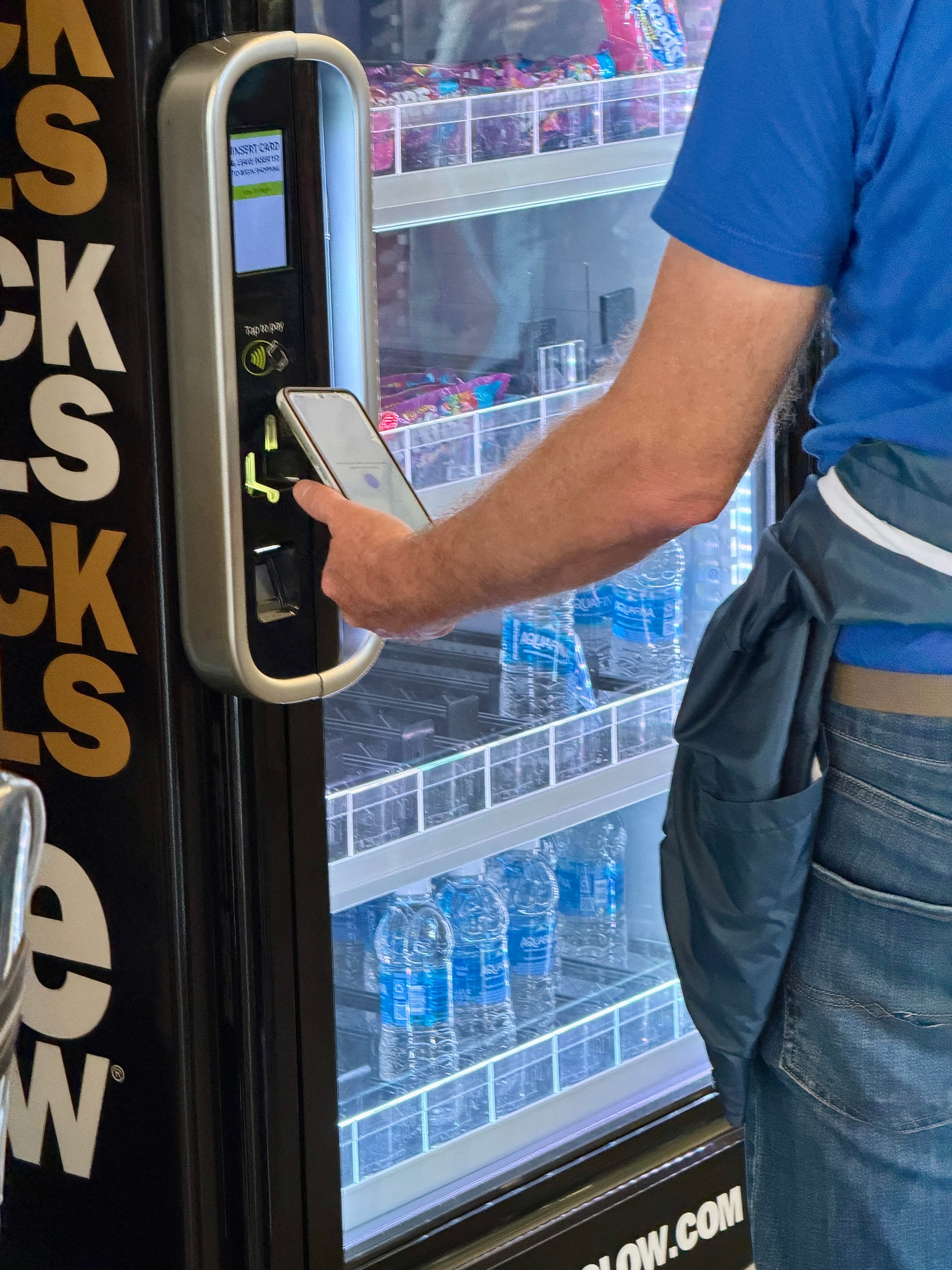
Late in the game, I wanted to get water quickly and they had these "vending kiosks" that were fully automated. You'd tap your phone on the locked door, it would unlock, you'd grab items, then close the door. Next, you had to stand there for about 2 minutes while it said "calculating checkout" before showing you a receipt on the screen.
What was supposed to be fast was very slow. The person in front of me bought two items and saw she got charged for three. Since there were no paper receipts, she took a photo of the machine before going to the guest services to complain. I missed ten minutes of the game getting water.
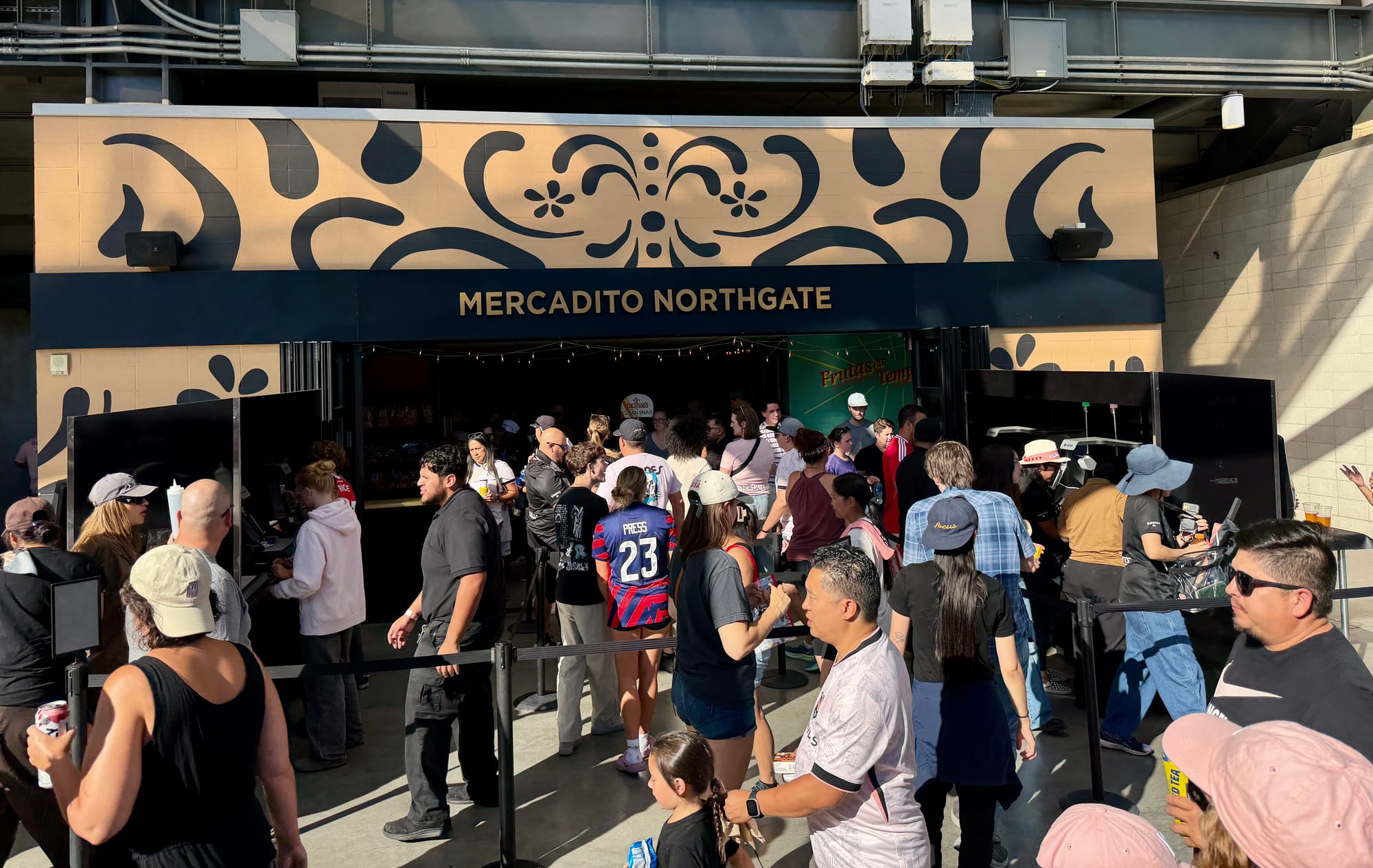
This was a quick service "market" style place and last year, you'd just grab stuff off a shelf, and checkout quickly from staff at multiple registers. This year, it had a long line snaking all over because of the slow AI/camera checkout kiosks.
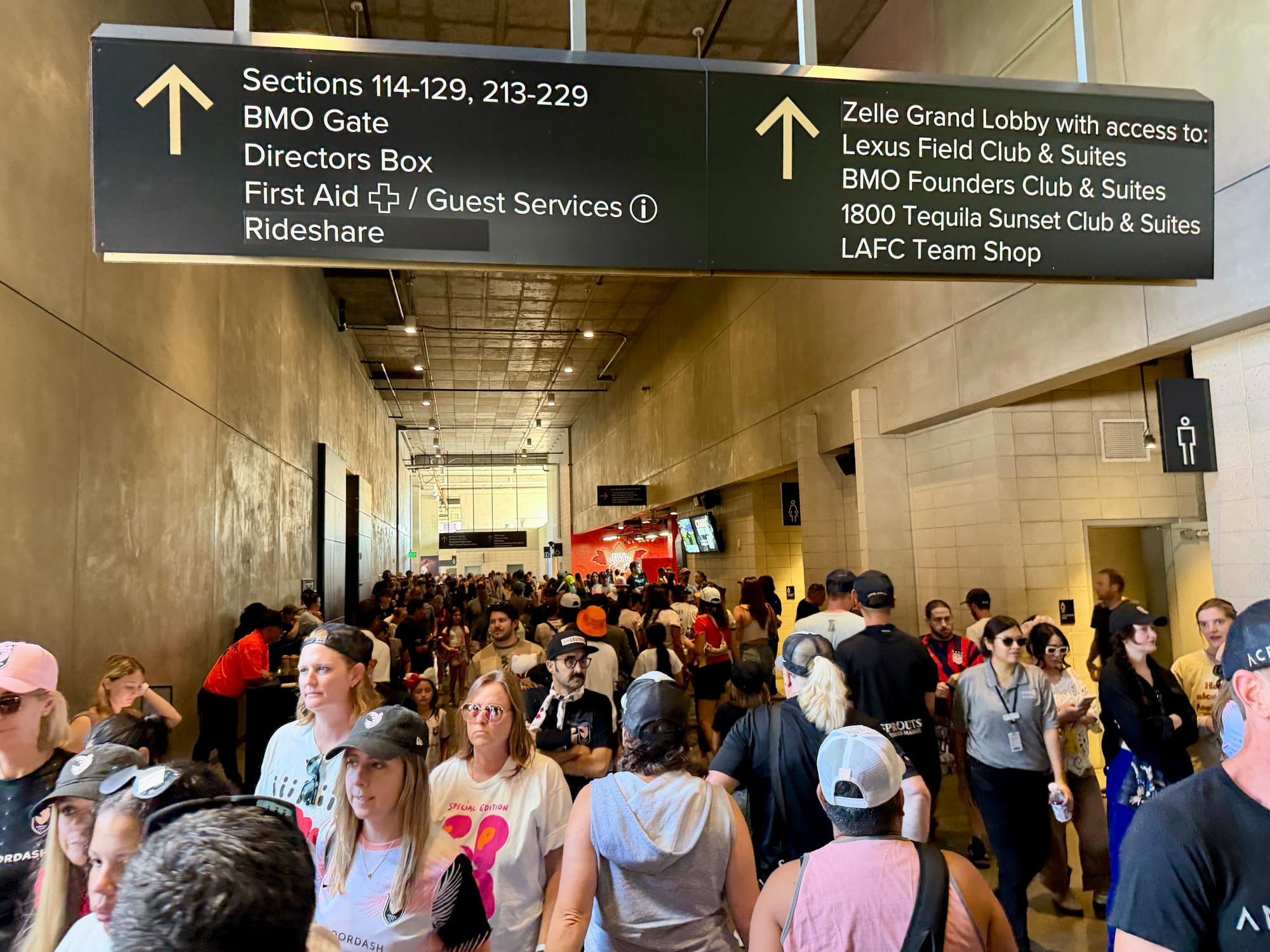
It was a busy game, being the last home match for the fans and I would guess there were around 17,000-18,000 people in attendance. When it's nearly 90ºF/30ºC, heat exhaustion becomes a problem for crowds. When it takes people ten minutes to buy a bottle of water (I didn't see automated water fillers at the restrooms), the embrace of slow AI/Camera-based checkout systems starts to become a health and safety issue for the crowd.
But Mrs. Lincoln—besides the obvious—how was the play?
A year later visiting the same stadium, I got worse food, slower service, and a worse overall experience. On the bright side, the billionaire stadium owners probably got to reduce their staff in the process while maybe increasing profits.
The company behind the kiosks claims they are 400% faster than human checkers and result in a 25% increase in profits. After experiencing it in person yesterday, I think those numbers are bullshit. Human checkers are clearly faster and smoother, and I bet they sold more food and drinks when people could get them quickly.
And the portions? They were so small!
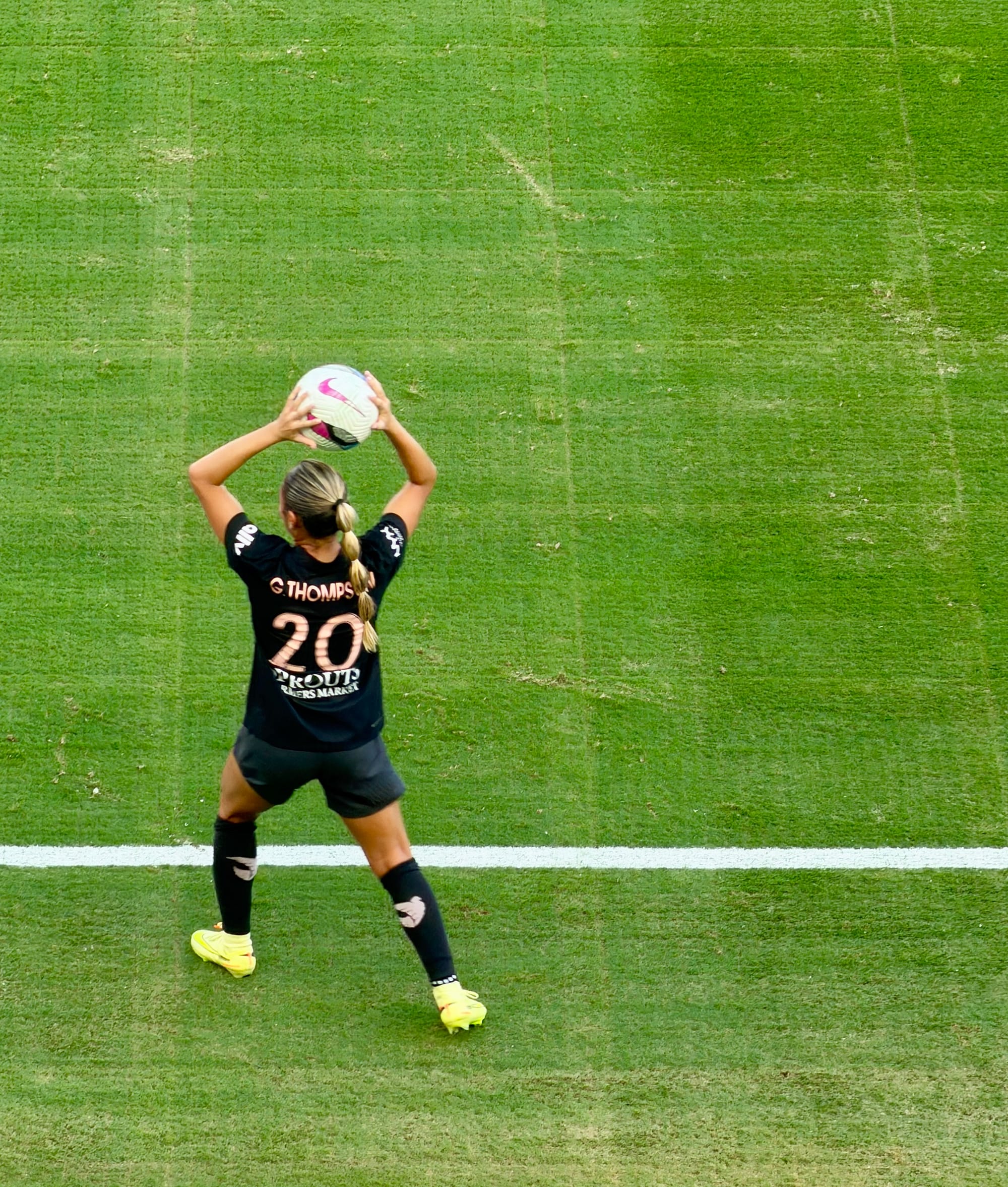
Subscribe to get new posts in your inbox

